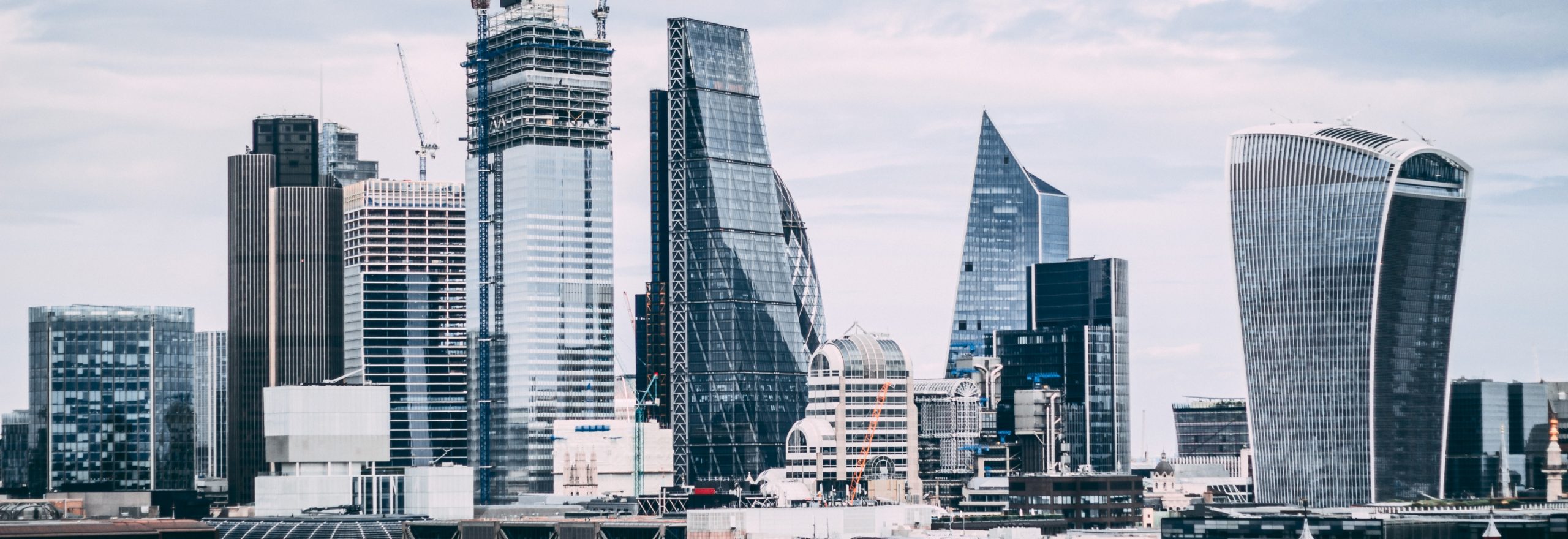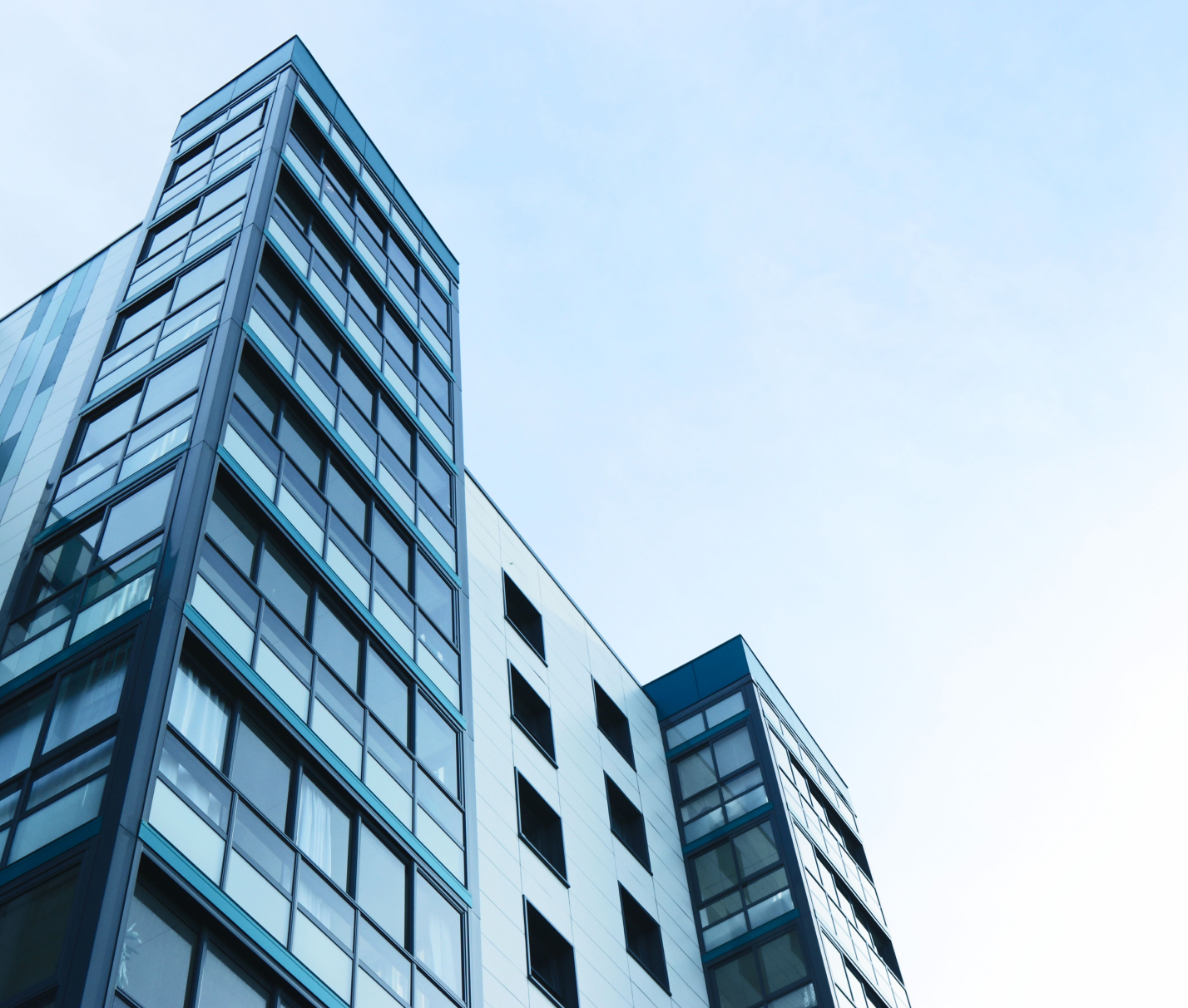PPVS Complete Facilities Management

What Does MEP Stand for in Construction?
Modern construction is an incredibly complex framework comprising several different components. Of these, Mechanical, Electrical and Plumbing (MEP) are foundational to the everyday functionality and sustainability of modern buildings. MEP incorporates various systems used to make buildings habitable and safe. So, in this article, we’ll learn about what MEP stands for in construction, its importance and more.
What is MEP in Construction?
MEP in construction refers to the integration of mechanical, electrical, and plumbing systems into a building. These systems are essential for creating comfortable, safe, and efficient environments within residential, commercial, and industrial buildings.
MEP systems are integral to the structural integrity and everyday functionality of buildings. They ensure that occupants have access to clean water, proper climate control, and efficient power systems. These systems also play a significant role in the sustainability and energy efficiency of buildings, which is increasingly important in our environmentally-conscious world.
The Three Main Elements of MEP
The three main elements of MEP – mechanical, electrical and plumbing systems – cover a huge spectrum of essential services and infrastructure in buildings. From heating and ventilation systems to lighting setups, MEP systems are found throughout all types of buildings.
Mechanical Systems
Mechanical components in a building include the heating, ventilation, and air conditioning (HVAC) systems, which regulate the indoor temperature and air quality. These systems are designed to be energy-efficient while providing comfort to the occupants. Mechanical systems also encompass lifts and escalators, which are critical in high-rise buildings for easy movement between floors.
Electrical Systems
Electrical systems in a building involve the distribution and regulation of electrical power. These systems include the building’s power supply, lighting, and electrical outlets, which are essential for day-to-day operations. The design and maintenance of electrical systems must ensure they’re safe, reliable, and capable of accommodating the building’s needs.
Plumbing Systems
Plumbing systems are foundational in various buildings as it is used for the distribution of potable water and the removal of waste water. They include all the piping, fixtures, and fittings necessary to provide clean water and sanitation. Additionally, plumbing systems can also involve gas piping, which must be handled with utmost care to prevent leaks and ensure safety within the building.
Benefits of MEP in Construction
MEP systems provide buildings with considerable benefits that range from improved sustainability to enhanced safety mechanisms. Some of the main advantages of utilising MEP in construction include:
Enhanced Building Efficiency
Well-designed MEP systems significantly enhance a building’s energy efficiency, leading to reduced operating costs and enhanced sustainability. Using advanced technologies and sustainable practices, MEP systems can minimise energy waste and lower utility bills.
Improved Safety
MEP can also help improve the safety of a building. They include fire alarm systems, security systems, and emergency lighting, all of which help protect occupants in case of emergencies. Properly designed and maintained MEP systems ensure that safety measures are effective and reliable.
Increased Comfort and Functionality
MEP systems directly contribute to the comfort and functionality of a building. From maintaining the ideal indoor temperature to ensuring that there’s adequate lighting and electrical outlets, these systems are designed to meet the specific needs of the building’s occupants.
The Role of MEP Engineers in Construction
MEP engineers cover a lot of ground with the work that they do, as they’re responsible for designing and planning MEP systems that meet the specific needs of a building while complying with local building codes and regulations. They must ensure that each system is optimised for performance and cost-effectiveness. They also work closely with other construction professionals, such as architects and structural engineers, to ensure that the MEP systems are seamlessly integrated into the overall building design. This coordination is essential to avoid conflicts between systems and to ensure that the building operates efficiently.
MEP engineers often face complex challenges that require innovative solutions. Whether it’s designing systems for unusual architectural features or integrating renewable energy sources, MEP engineers must continuously find new ways to enhance system efficiency and sustainability. Their expertise paves the way in pushing the boundaries of what is possible in modern construction.
Contact our Facilities Operations Helpdesk team for all Mechanical, Electrical and Plumbing services on info@ppvs.uk or 01733 244414.

Get in touch to see how we can help with your Facilities Management.
For general enquiries please fill out the form and our team will be back in touch. Or give us a call or email using the details below.







